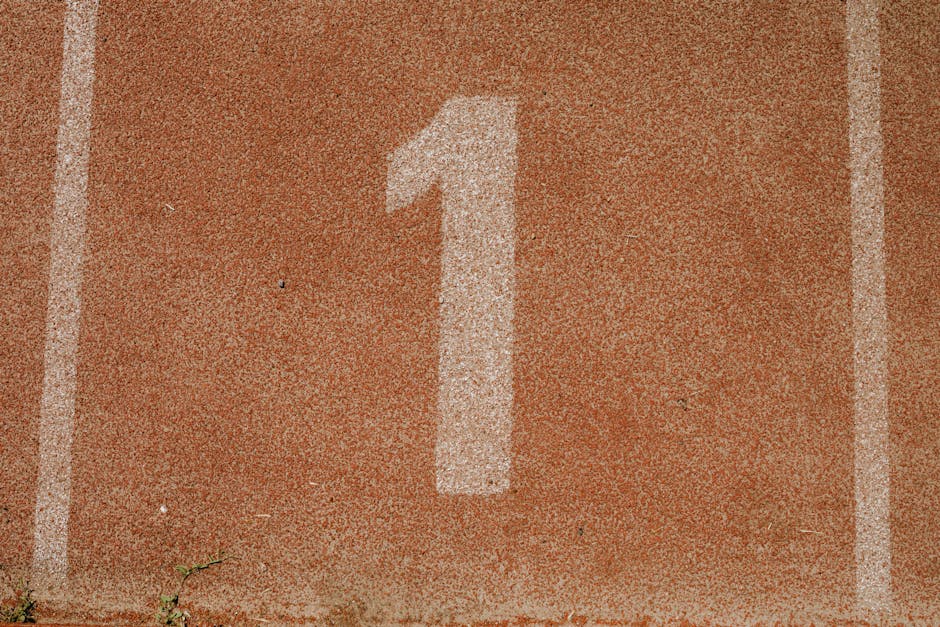Delhi Tests Artificial Rain Successfully at Burari; First Cloud Seeding Expected on Oct 29
In a landmark effort to tackle Delhi’s severe air pollution, the government has conducted a successful artificial rain trial in Burari. Chief Minister Arvind Kejriwal confirmed that the first full-scale cloud seeding operation is scheduled for October 29, potentially marking a turning point in India’s battle against toxic air.
A Major Step in Fighting Pollution
The successful test at Burari has ignited hope for cleaner air ahead of winter, when Delhi’s air quality typically deteriorates to dangerous levels. Cloud seeding, a weather modification technique, involves releasing substances like silver iodide or salt into clouds to stimulate rainfall. While used in countries like China and the UAE, this is Delhi’s first attempt.
“This is a historic achievement for Delhi,” said CM Kejriwal. “If successful, artificial rain could offer quick relief during peak smog episodes.” The government has partnered with IIT Kanpur and international experts to ensure the project’s viability.
Why Delhi is Turning to Cloud Seeding
Delhi’s pollution crisis worsens annually, with PM2.5 and PM10 levels frequently exceeding WHO safety limits by 10-15 times. Factors like stubble burning, vehicular emissions, and industrial pollution turn the capital into a “gas chamber” each winter. Traditional measures like odd-even schemes and construction bans have had limited success, prompting the government to explore innovative solutions.
Cloud seeding could provide short-term relief by washing away pollutants. Rainfall helps settle dust and particulate matter, potentially reducing pollution by 30-40% for a few days, as per initial estimates.
Challenges & Expert Concerns
Despite optimism, experts warn that cloud seeding isn’t a permanent fix.
– Dr. V. Ramanathan, an atmospheric scientist, stated: “Artificial rain offers temporary relief but doesn’t solve pollution’s root causes. Long-term emission cuts and stricter regulations are crucial.”
– The process depends on specific weather conditions, which may not always align with pollution spikes.
– High costs (around ₹1-2 crore per operation) raise questions about scalability.
Public & Political Reactions
The announcement has sparked mixed responses:
– Environmentalists support the effort but stress the need for sustainable solutions.
– Opposition leaders criticize the AAP government for “experimenting” with public funds instead of addressing pollution sources.
– Residents remain cautiously hopeful. “If it gives us even a few days of clean air, it’s worth trying,” said Ramesh Kumar, a Burari local.
What’s Next for Delhi?
If the October 29 operation succeeds, Delhi may see more cloud seeding during peak pollution months. The government is also examining other measures, like smog towers and urban greening projects.
For now, all eyes are on the skies—will artificial rain bring Delhi a much-needed breather, or is it just a temporary fix in a long battle against pollution?
Stay updated with NextMinuteNews for real-time coverage on Delhi’s cloud seeding experiment.
— Reporting by NextMinuteNews Team




